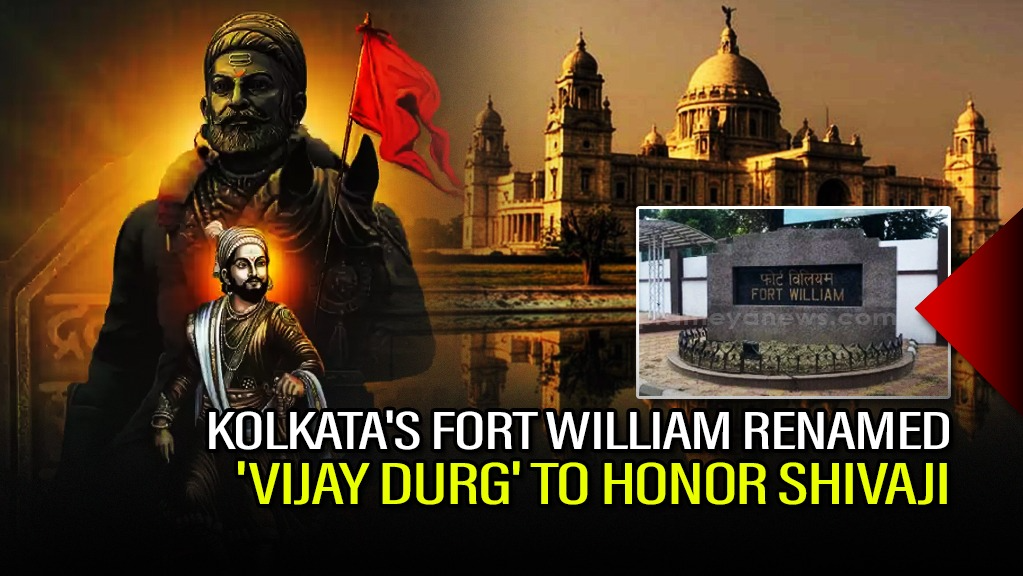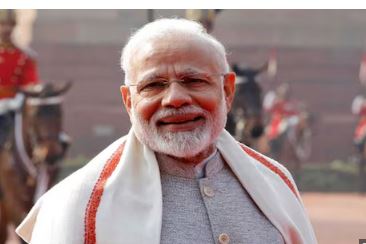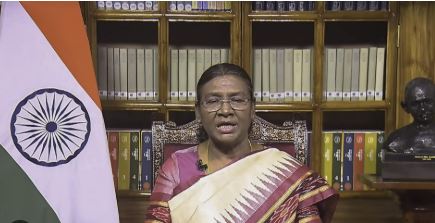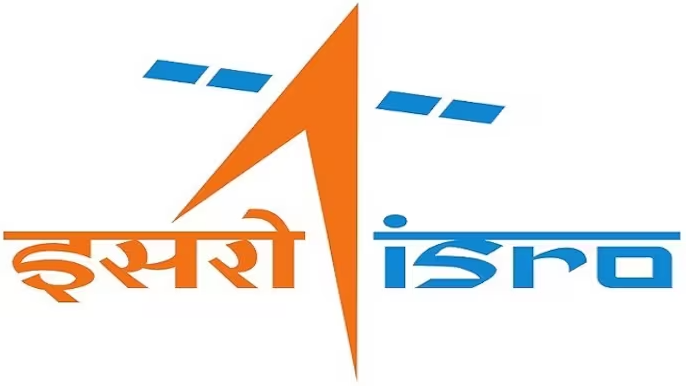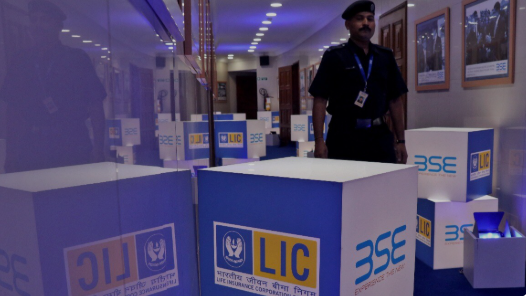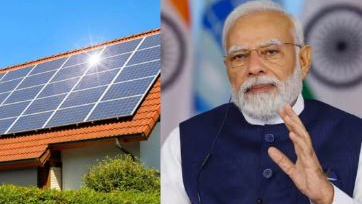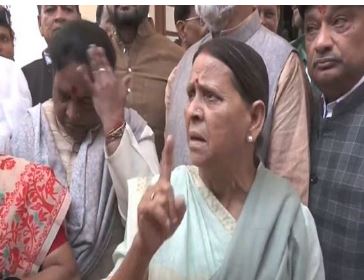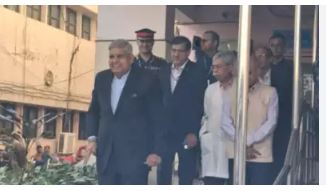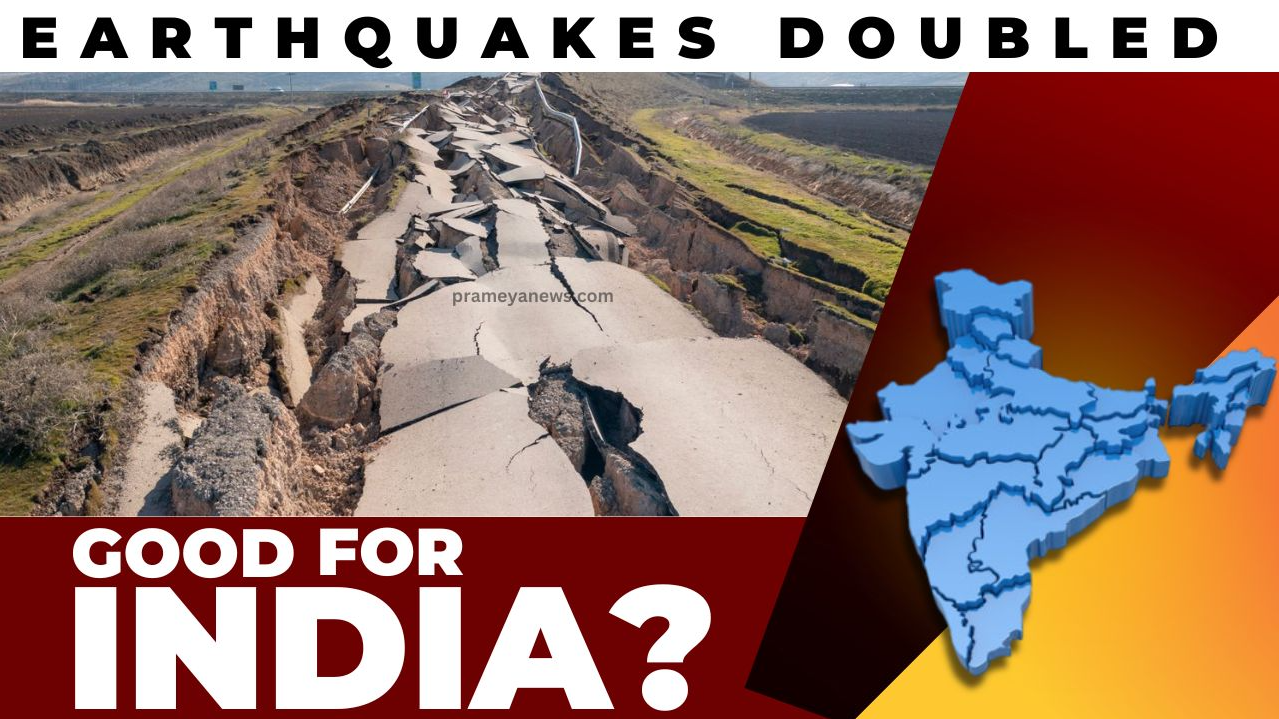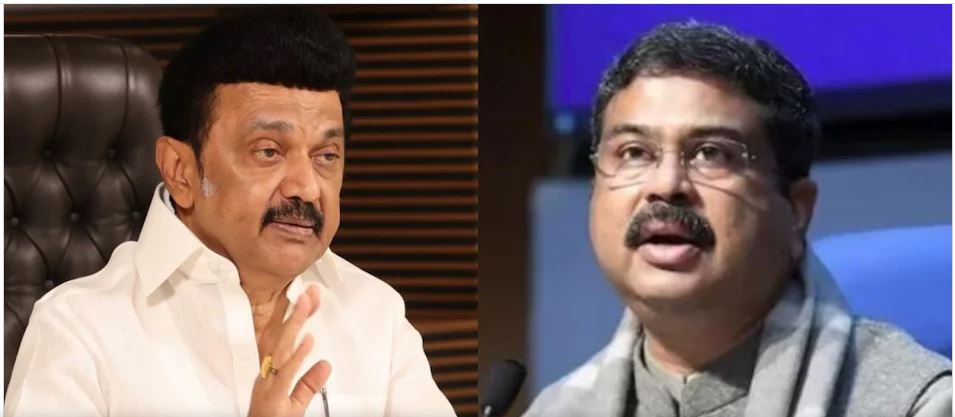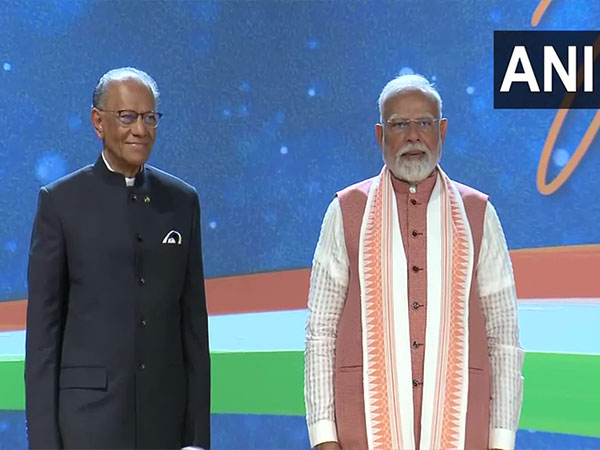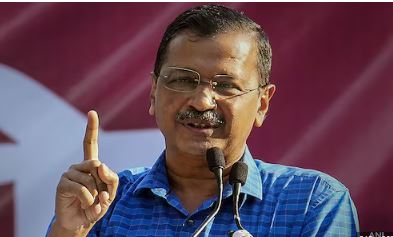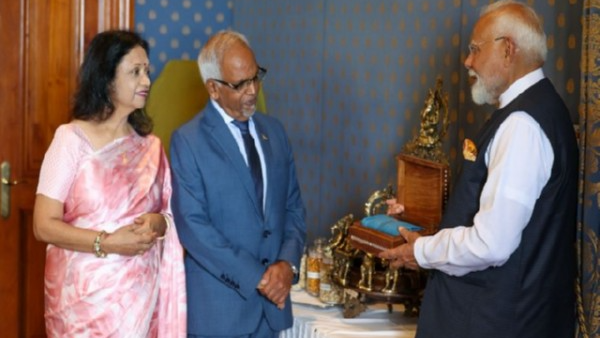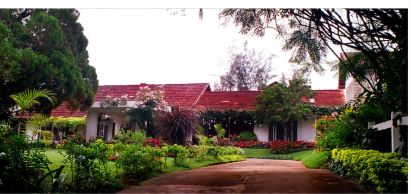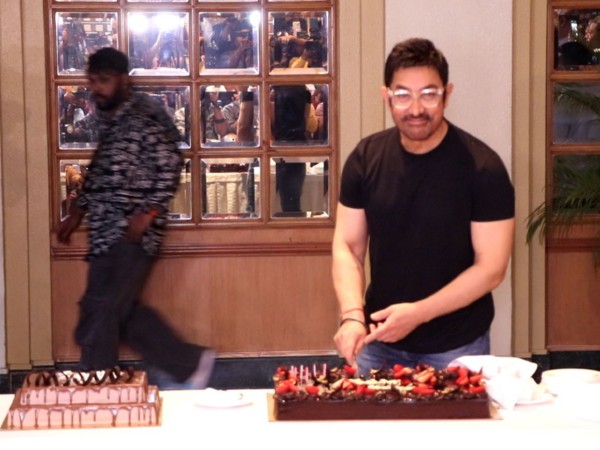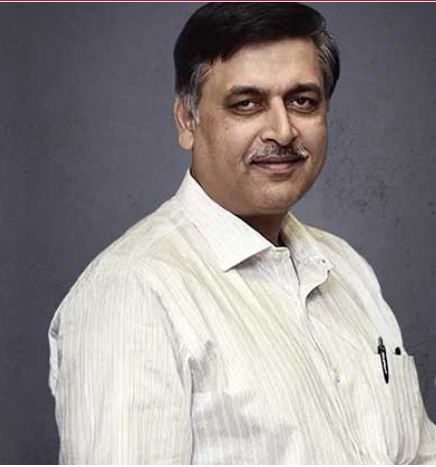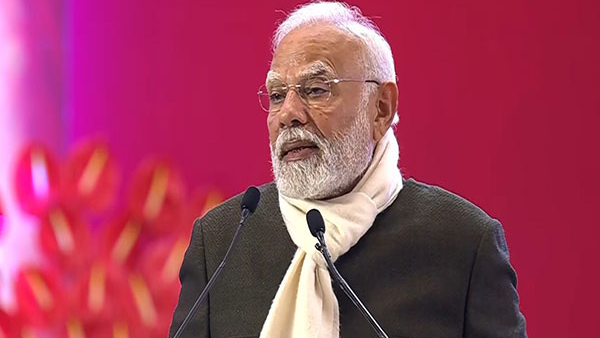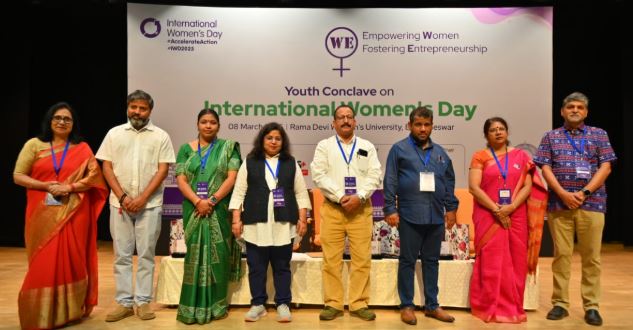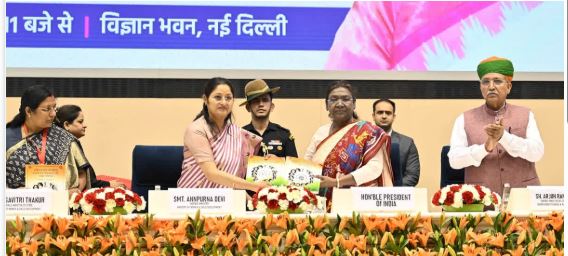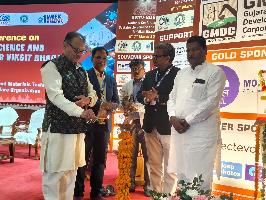Fort William in Kolkata, headquarters of the Indian Army's Eastern Command, has been renamed "Vijay Durg". This change is part of the Indian government's initiative to remove traces of British colonial rule. The fort, originally named after a British monarch, now honors Chhatrapati Shivaji Maharaj, a significant figure in Indian history. The fort's previous name honored King William III of England, who ruled when it was named in 1700. The new name, "Vijay Durg", is taken from a historic fort on the Sindhudurg coast of Maharashtra. This fort was a crucial naval base during the rule of Chhatrapati Shivaji Maharaj, a 17th-century Maratha king respected for his aggressiveness and defending the Indian soil from hostile takeovers especially the Moghuls.
Wing Commander Himanshu Tiwari, Chief Public Relations Officer for the Ministry of Defence (Kolkata), confirmed the change. He stated that the order was issued in December, though a formal announcement is still pending. The renaming aligns with the government's goal of "freeing the nation from colonial imprints". The government believes that King William III, while important in European history, has no direct connection to India's heritage. In contrast, Chhatrapati Shivaji Maharaj represents Indian identity.
The original Fort William was constructed in 1696 by the British East India Company. It was captured and damaged in 1756 by Siraj ud-Daulah, the Nawab of Bengal. This led to the British retaking Calcutta and defeating Siraj-ud-Daulah in 1757. A new Fort William was then built under the direction of Robert Clive. King William III (1650-1702) was a prominent figure in European history. He opposed the expansionist policies of Catholic France and became the ruler of England, Scotland, and Ireland in 1689. His reign established a constitutional monarchy in England and paved the way for parliamentary democracy.
The choice of "Vijay Durg" as the new name links the Kolkata fort to Indian history. The original Vijay Durg fort was a key naval base for Chhatrapati Shivaji Maharaj, who was known for his military strategic military planning, warfare and establishment of an independent Maratha kingdom. He is widely regarded as a national hero and a symbol of Indian resistance against foreign domination.
This renaming follows a pattern of similar changes across India, example been - the renaming of Rajpath in Delhi to Kartavya Path. This are the efforts of the government by replacing symbols and names associated with British colonial rule with names that relate with Indian historical figures and events.






